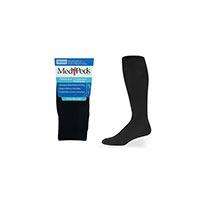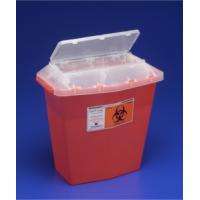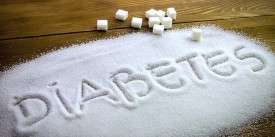
What Low Blood Sugar Feels Like and What To Do About ItWhat Low Blood Sugar Feels Like and What To Do About It
  © Vladimirfloyd | Dreamstime.com Low blood sugar is a common complication of those with diabetes (both types 1 and 2). As one of the most common chronic medical conditions in the world, it is important for those with diabetes to recognize the symptoms and potential complications of low blood sugar. One of the top symptoms to be on the lookout for is low blood sugar but, for people who are newly diagnosed with diabetes, it can be hard to recognize. From the initial symptoms of mildly low blood sugar like shakiness, dizziness, and sweating, to the more prolonged symptoms like palpitations (irregular heart beat) and mood changes or confusion, diabetic hypoglycemia is an experience you want to avoid at all costs.
So, what is low blood sugar? Low blood sugar, otherwise known as (diabetic) hypoglycemia, occurs when there is not enough sugar in the blood. Blood sugar (or glucose) is the body’s main fuel, so when you do not have enough in your bloodstream your body will not function properly. It is essential for those with diabetes to monitor their blood sugar and avoid hypoglycemia by maintaining proper levels of insulin. It can be challenging to balance the proper levels of food, insulin, and activity (when the body uses up glucose in the blood) so it is necessary to constantly monitor your sugar levels. For example, if an insulin user uses too much of this drug their blood sugar can become dangerously low, so monitoring and maintaining the proper levels is crucial. How do you know when your blood sugar is low? There are varying degrees of hypoglycemia, but we will start with the symptoms of mild low blood sugar. Note that if you have had diabetes for a long time you may not experience all of these symptoms and should check/monitor your glucose levels on a regular basis and before potentially dangerous activities, like driving a car. Symptoms of mild low blood sugar include: - Sweating Symptoms should go away after eating food that contains sugar (simple carbohydrates). Symptoms of moderate low blood sugar include: - Confusion/irritability You do not want to administer more diabetes medication or insulin as this will cause the blood sugar to continue to drop. You should consume food that contains sugar right away and continue to monitor your symptoms. Symptoms of severe low blood sugar include: - Seizures Your blood sugar may also fall throughout the night while you are sleeping. If you wake up with a headache in the morning it might mean that your blood sugar was low overnight. Nocturnal hypoglycemia symptoms could include nightmares, sleepwalking, strange noises, trouble breathing, or night sweating. It’s important to realize that if you have type 1 diabetes or have had type 2 diabetes for a long time that you may not experience symptoms of low blood sugar (other than confusion). If this is the case for you and you have low blood sugar several times a week, it is possible that you will not notice your low blood sugar until it is too late. This is why it’s important to monitor your blood sugar, physical activity levels, and food intake to prevent low blood sugar. This article is not meant to frighten you! On the contrary, you should feel more prepared to determine what low blood sugar feels like and when you may need to eat food in order to prevent your glucose from dropping further and creating a potential emergency. A simple solution would be to keep glucose or sucrose tablets (or quick sugar foods) on you at all times. If you are someone who takes insulin or other diabetes medication, you should carry a glucagon emergency kit and give friends and family instructions for treating severe low blood sugar. Many people with diabetes will recognize the signs of mild or moderate low blood sugar and know what to do, but in the case of an emergency, you always want your friends and family to be prepared. You must be consistent with your meals and snacks if you are taking diabetes medication, as without enough food in your system these medications can cause your glucose to drop significantly. It is also important to take your medication on time or increase the number of snacks you eat if you engage in more physical activity. It is also important to carry some ID or wear a medical bracelet that states you have diabetes, should an emergency arise. Being prepared never hurts! And hopefully, now you know how to identify signs of low blood sugar should you or a friend happen to experience it.
| |||||||||||||||||||||||||



























